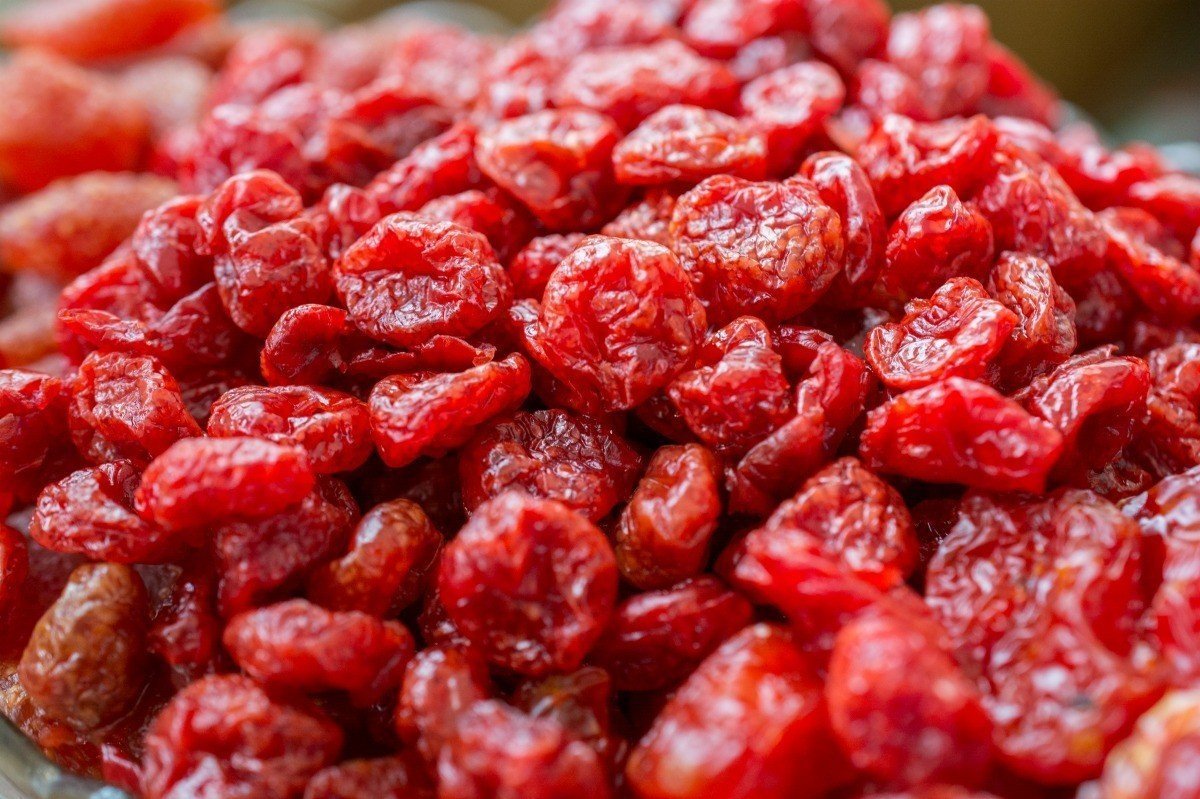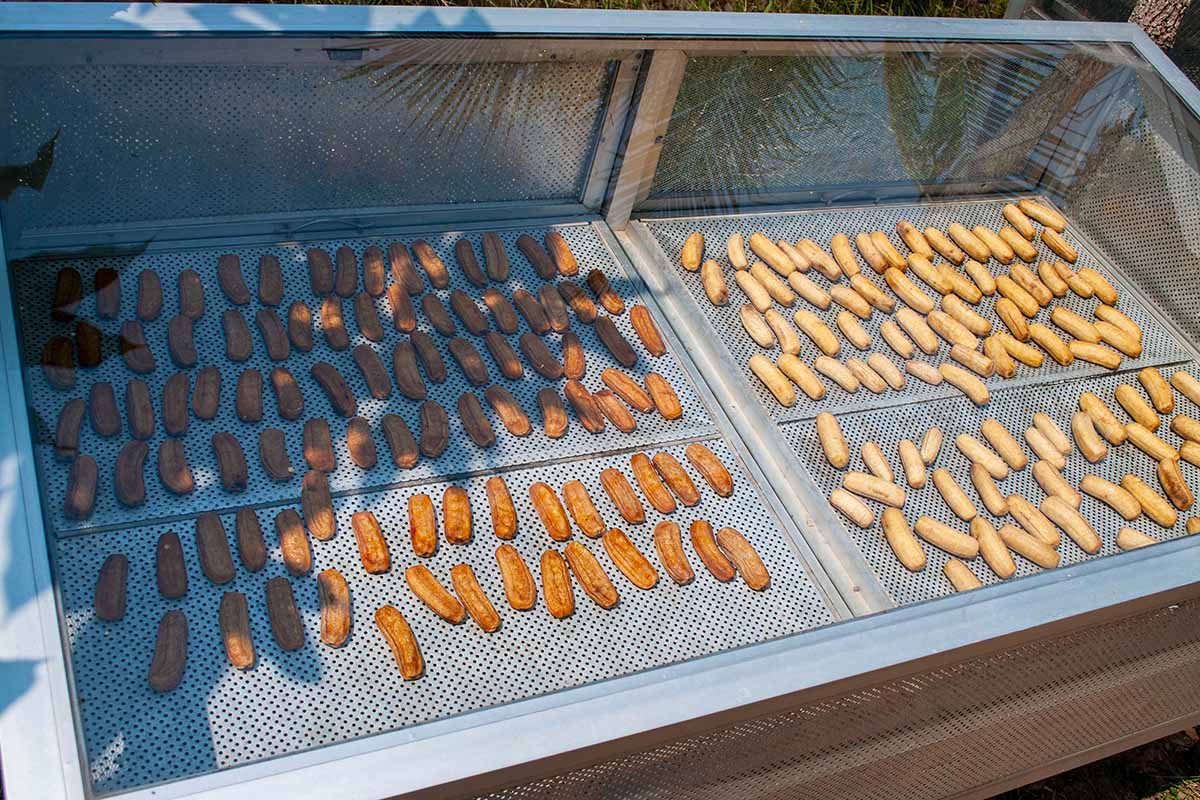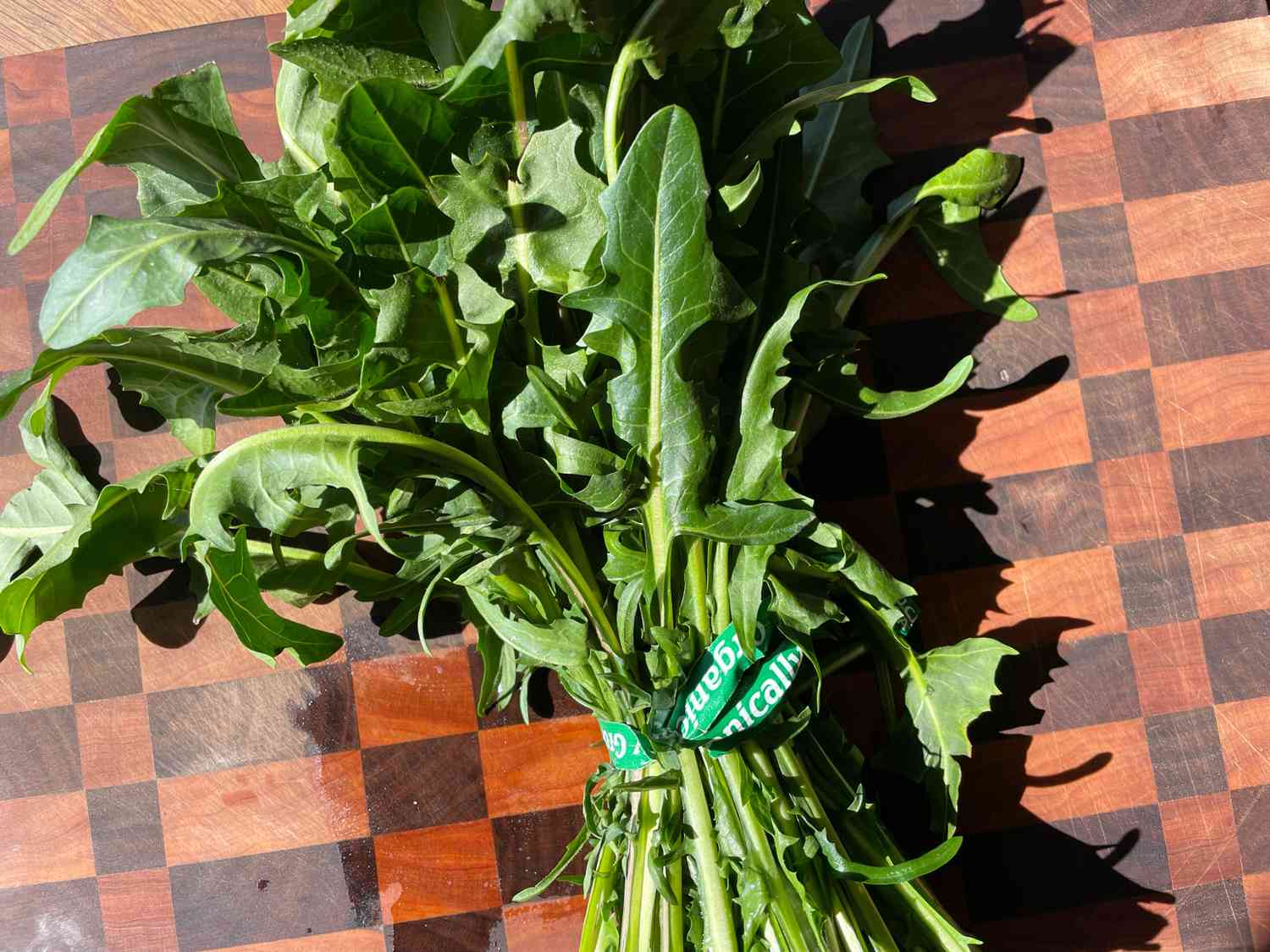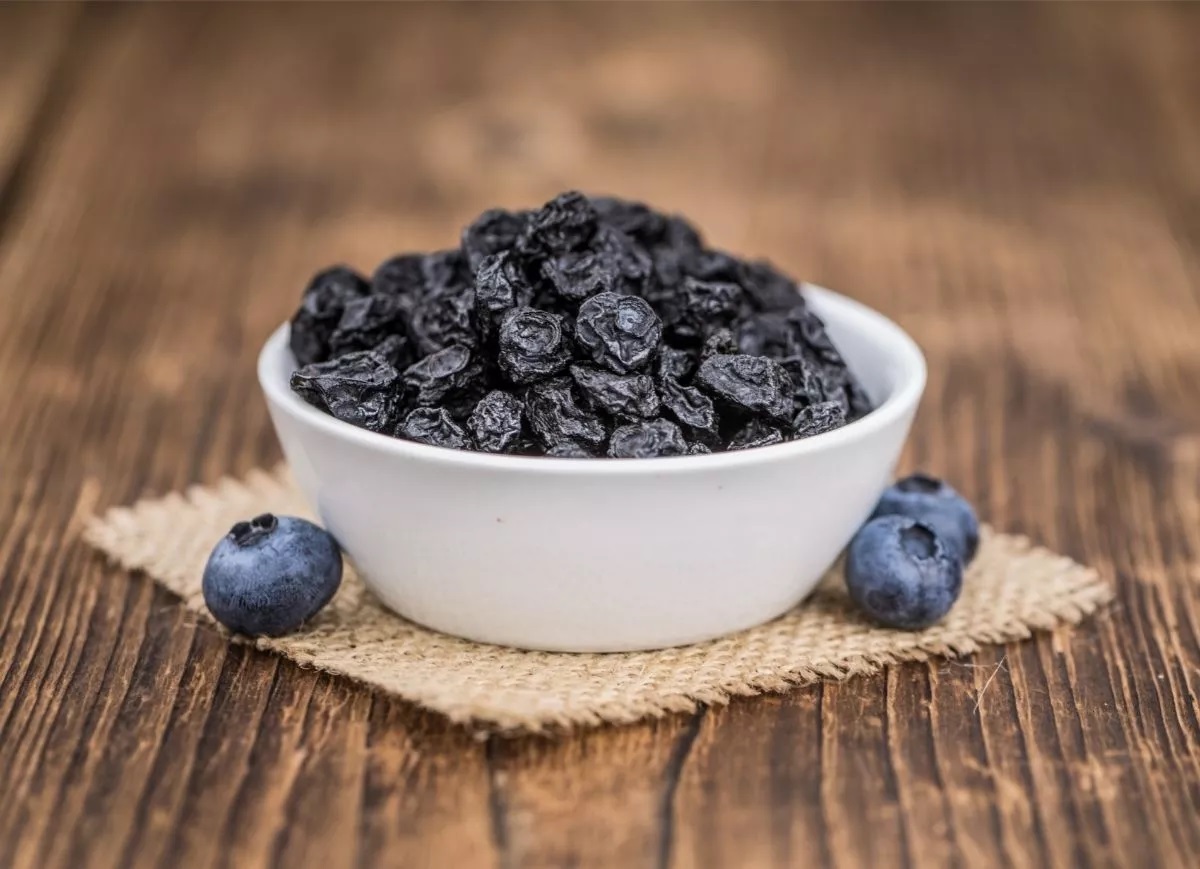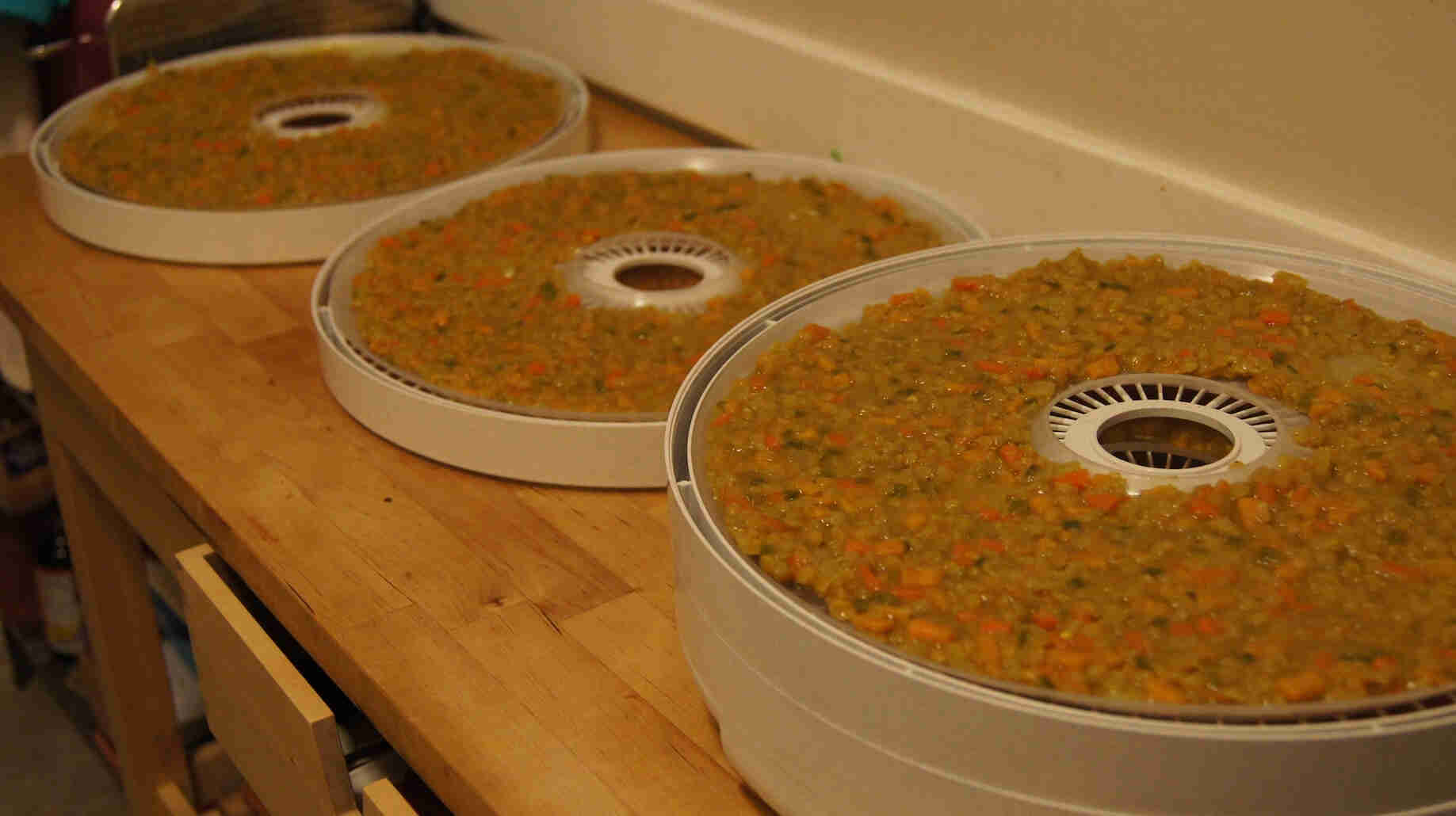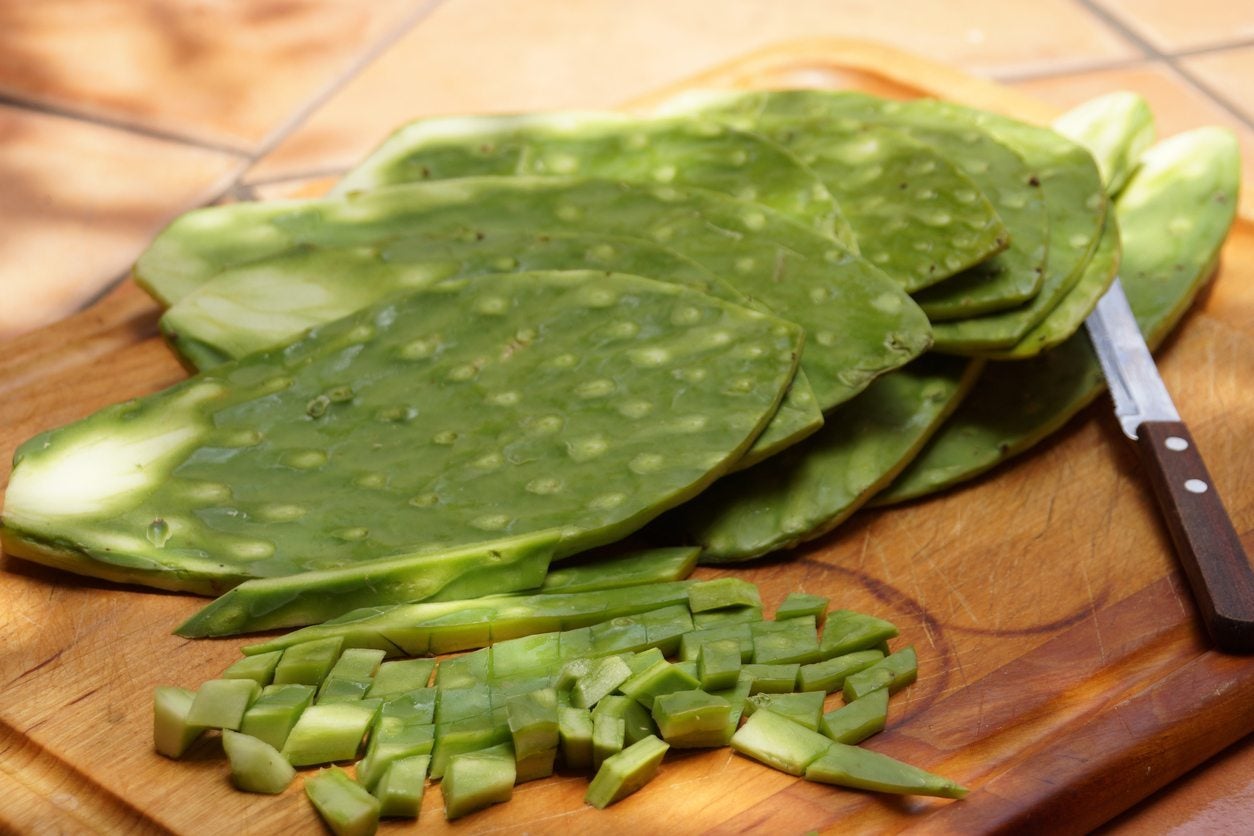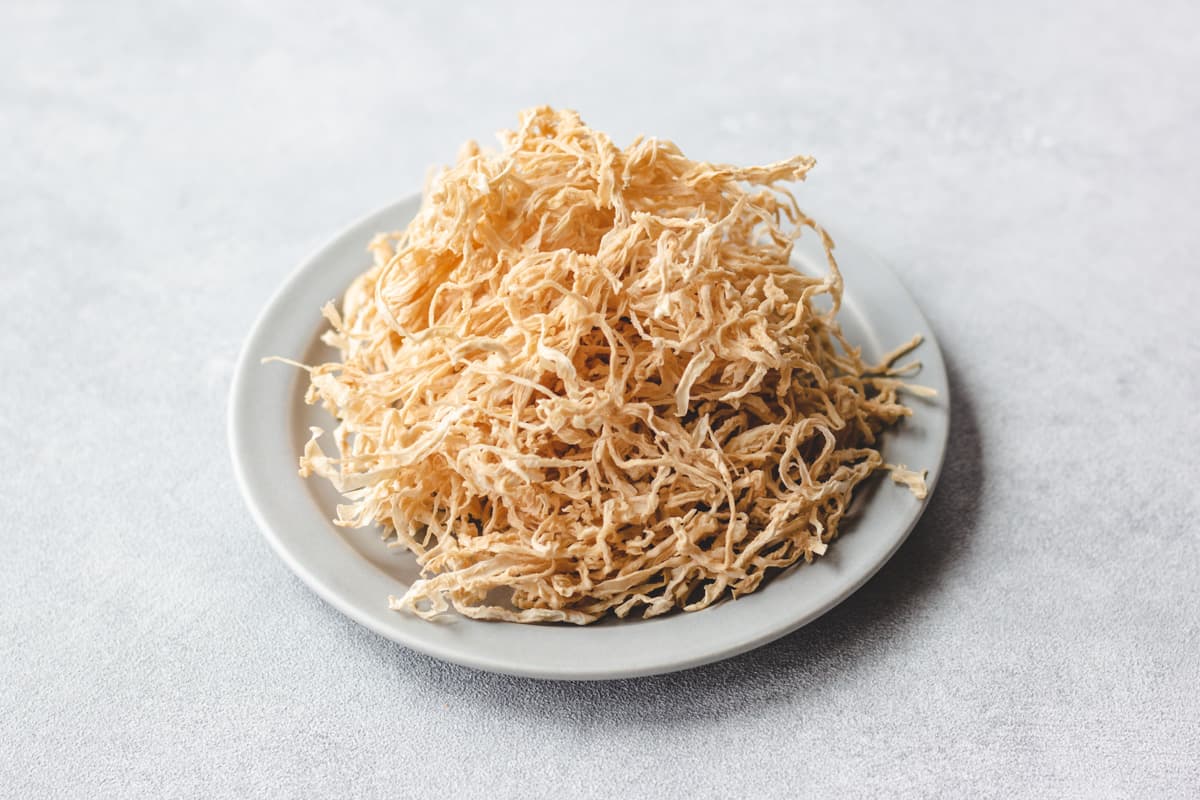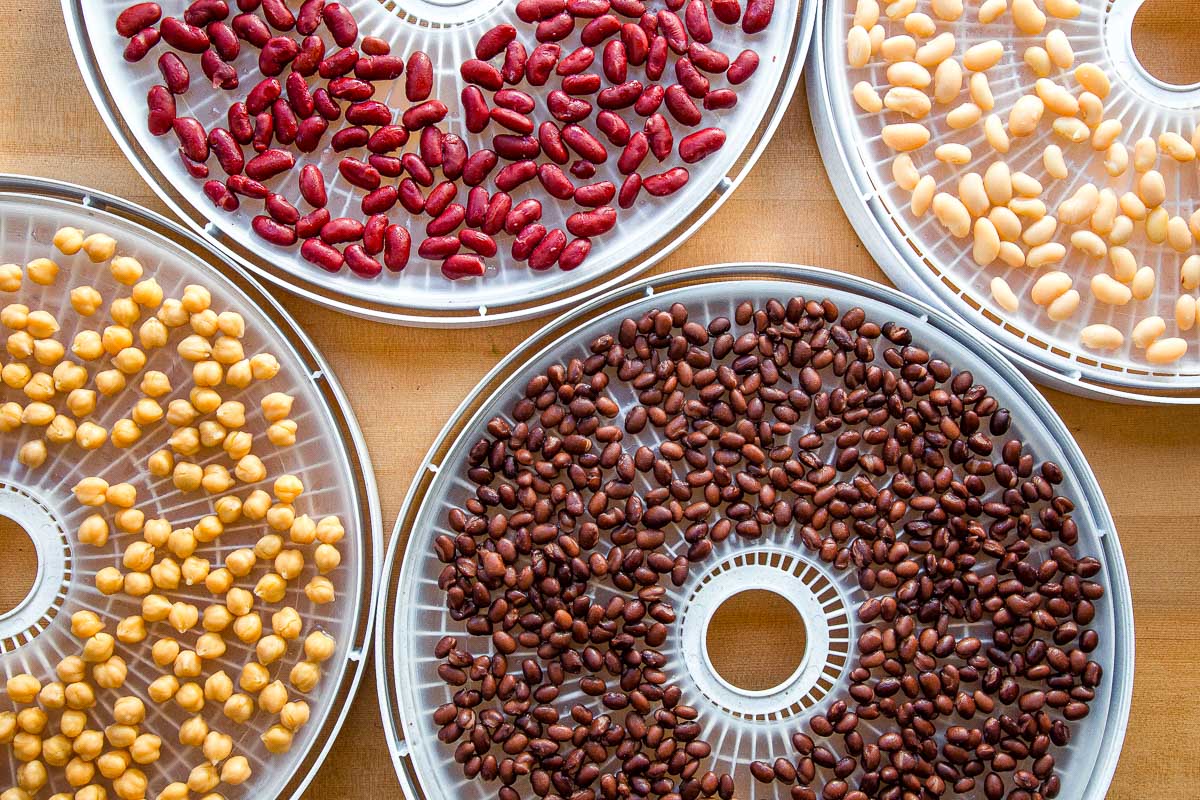Dehydrating Fruits at Home: A Delicious and Nutritious Snack Option
Dehydrating fruits at home is a simple and rewarding way to enjoy the natural sweetness and nutritional benefits of your favorite fruits. Whether you’re looking to create a healthy snack for on-the-go or preserve an abundance of fresh fruits, dehydrating is a great option. In this guide, we’ll explore the step-by-step process of dehydrating fruits at home, as well as some tips for achieving the best results.
Choose Your Fruits
When it comes to dehydrating fruits, the options are nearly endless. Some popular choices for dehydrating include:
- Apples: Sweet and tart, apples are a classic choice for dehydrating.
- Bananas: Rich in potassium and natural sugars, bananas make a delicious dehydrated snack.
- Strawberries: Dehydrated strawberries are a sweet and tangy treat that’s perfect for snacking.
- Mangoes: With their tropical flavor, dehydrated mango slices are a delightful snack option.
Of course, you can also experiment with other fruits such as pears, peaches, and pineapples. Choose fruits that are ripe but not overly soft for the best results.
Prepare the Fruits
Before dehydrating, it’s important to properly prepare the fruits. Start by washing the fruits thoroughly to remove any dirt or residue. For fruits with pits or cores, such as apples or pears, it’s essential to remove these before slicing the fruits into uniform pieces. This will ensure that the fruits dehydrate evenly.
Dehydrating Process
Now that your fruits are prepared, it’s time to start the dehydrating process. Here’s a simple step-by-step guide:
- Slice the Fruits: Use a sharp knife to slice the fruits into even pieces. Aim for a consistent thickness to promote even dehydration.
- Arrange on Dehydrator Trays: Place the fruit slices in a single layer on the dehydrator trays, ensuring that there is space between each piece for air circulation.
- Set the Temperature: Refer to your dehydrator’s instructions for the recommended temperature settings for fruits. In general, a temperature range of 125-135°F is suitable for most fruits.
- Monitor and Rotate: Check the fruits periodically as they dehydrate. Rotate the trays if necessary to ensure even drying.
- Check for Dryness: The fruits are ready when they are dry to the touch and pliable, but not sticky or moist.
Storage and Enjoyment
Once the fruits are fully dehydrated, allow them to cool to room temperature before transferring them to airtight containers. Properly dried fruits can be stored in a cool, dark place for several months. Enjoy your dehydrated fruits as a standalone snack, add them to trail mix, or rehydrate them for use in recipes such as oatmeal or baked goods.
Dehydrating fruits at home is a wonderful way to enjoy the natural flavors and nutritional benefits of fruits year-round. With a little preparation and patience, you can create delicious and wholesome snacks that the whole family will love.
So, the next time you have an abundance of fresh fruits, consider dehydrating them for a convenient and nutritious snack option!
Readers can try several exciting recipes to put their dehydrating skills to use. For a start, the Dehydrated Fruit Trail Mix is a versatile snack, perfect for on-the-go energy. Dehydrated Apple Chips offer a crunchy, healthy alternative to traditional snacks. For breakfast options, the Dehydrated Strawberry Oatmeal or Dehydrated Fruit Granola are both nutritious and easy to prepare. For something more creative, the Dehydrated Beet Chips serve as a colorful and tasty side dish. Finally, the Dehydrated Fruit Yogurt Parfait makes for a delightful and refreshing dessert. Each recipe showcases the versatility of dehydrated fruits and provides a fun way to enjoy homemade snacks and meals.
Was this page helpful?
Read Next: How To Dehydrate Guava


